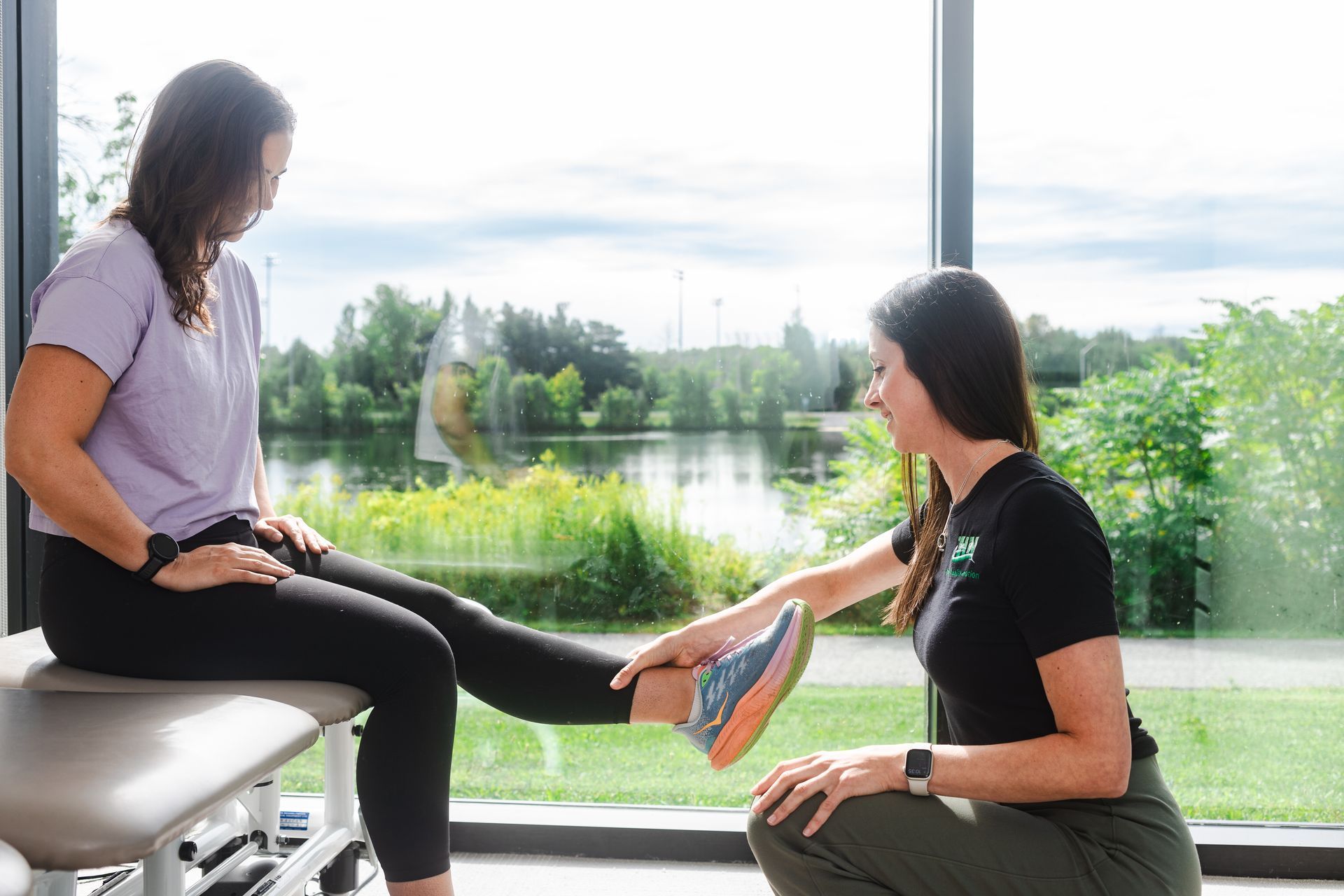The Best Exercises To Prevent Lower Back Pain
Lower back pain is a common ailment that can be caused by a variety of factors, including poor posture, lack of exercise, and underlying health conditions. Fortunately, there are steps you can take to prevent lower back pain and keep your spine healthy and strong. In this blog post, we'll discuss some of the best exercises to prevent lower back pain and help you maintain a healthy back for years to come.
Low-impact exercises
Low-impact exercises like swimming and biking can help to prevent back pain by improving cardiovascular health and strengthening muscles. These exercises are gentle on the joints and can be performed by people of all ages and fitness levels. Swimming is particularly beneficial for back pain as it allows for a full range of motion without putting pressure on the spine. Biking is also a great option as it strengthens the leg muscles which support the lower back.
Strengthening your core muscles
Strengthening your core muscles is key to preventing lower back pain. The core muscles include the abdominals, back muscles, and pelvic floor muscles, and they play a crucial role in supporting the spine and maintaining good posture. Pilates and yoga are two great exercises that focus on building core strength and flexibility. Pilates exercises can help to build a strong core, while yoga can help to improve posture, flexibility, and balance.
Proper nutrition
Calcium and vitamin D are essential nutrients for maintaining strong and healthy bones. If you're not getting enough of these nutrients through your diet, consider taking supplements or increasing your intake of calcium-rich foods like dairy products, leafy greens, and tofu. Vitamin D is also important for bone health, and you can get it from sunlight exposure, supplements, or foods like fatty fish and fortified cereals.
Don't sit in the same position for too long
Sitting in the same position for extended periods of time can put pressure on your spine and contribute to back pain. To prevent this, make sure to take breaks throughout the day to walk around or stretch. Try setting a timer to remind yourself to get up and move every hour. When sitting, make sure your chair provides adequate support for your lower back, and avoid crossing your legs as this can lead to posture problems.
Seek proper treatment if needed
If you do start experiencing lower back pain, it's important not to try to tough it out. Ignoring the pain can lead to further damage and longer recovery times. Instead, see a doctor or physical therapist for proper diagnosis and treatment. They can help to identify the underlying cause of your back pain and develop a treatment plan that includes exercises, stretches, and other therapies to relieve pain and prevent further damage.
In conclusion, there are many exercises and habits you can adopt to prevent lower back pain and maintain a healthy spine. Low-impact exercises like swimming and biking, along with strengthening your core muscles through Pilates or yoga, can help to keep your back healthy and strong. Calcium and vitamin D are essential nutrients for supporting bone health and taking breaks to walk around or stretch can help to prevent posture problems. And if you do experience back pain, don't hesitate to seek medical attention. Contact Trent Health in Motion today to schedule a consultation with one of our experts.










